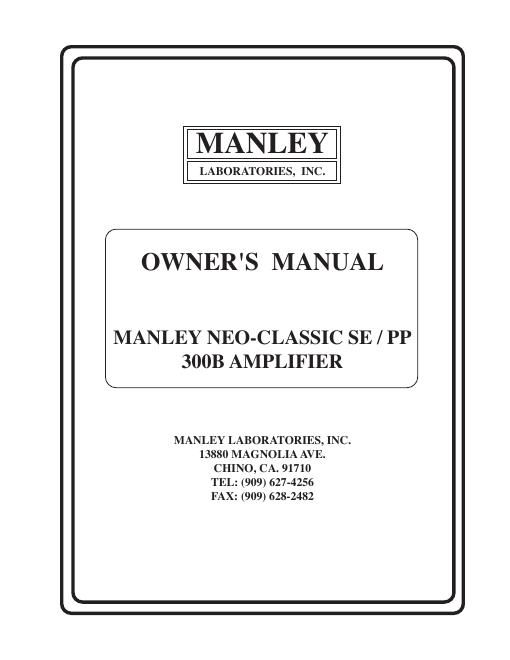Manley laboratories pp 300 b owners manual
This is the 12 pages manual for manley laboratories pp 300 b owners manual.
Read or download the pdf for free. If you want to contribute, please upload pdfs to audioservicemanuals.wetransfer.com.
Page: 1 / 12
